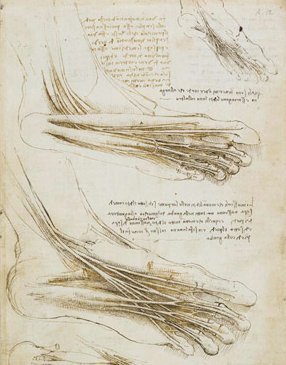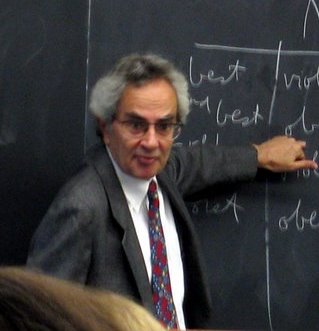
(Click for credit)
Dr. Alan Feduccia is a world-class evolutionary biologist whose research has focused on the natural history of birds. He is the S.K. Heninger Distinguished Professor Emeritus at The University of North Carolina, Chapel Hill, and even his abbreviated list of publications is the envy of most scientists. He has received numerous honors for his scientific accomplishments, including having an extinct species of bird named after him: Confuciusornis feducciai.
Despite his incredible scientific accomplishments, he is ridiculed by some in the scientific community because he doesn’t think that dinosaurs evolved into birds. There are those who call him a “BANDit” (BAND stands for “Birds Are Not Dinosaurs) and lump him in with the hated creationists and the global warming “deniers.” Why don’t these people listen to a man who has contributed so much to the biological sciences? Because they follow the consensus, and the consensus is that birds evolved from dinosaurs. Anyone who questions this consensus, regardless of the data they present, are simply ignored and ridiculed.
In his latest book, Riddle of the Feathered Dragons, Dr. Feduccia has something to say about this consensus:
The word “consensus” has no place in science and is never a validation of any hypothesis, yet one frequently sees trust in “consensus” for validation of important scientific concepts. (pp. 4-5)
I couldn’t agree more. When you hear the word “consensus” used to support a scientific argument, you know the speaker has stopped thinking. Rather than examining evidence for himself or herself, the speaker is simply allowing the majority to rule. Majority rule might be a good system in some social applications, but it is the worst possible method for doing science.


